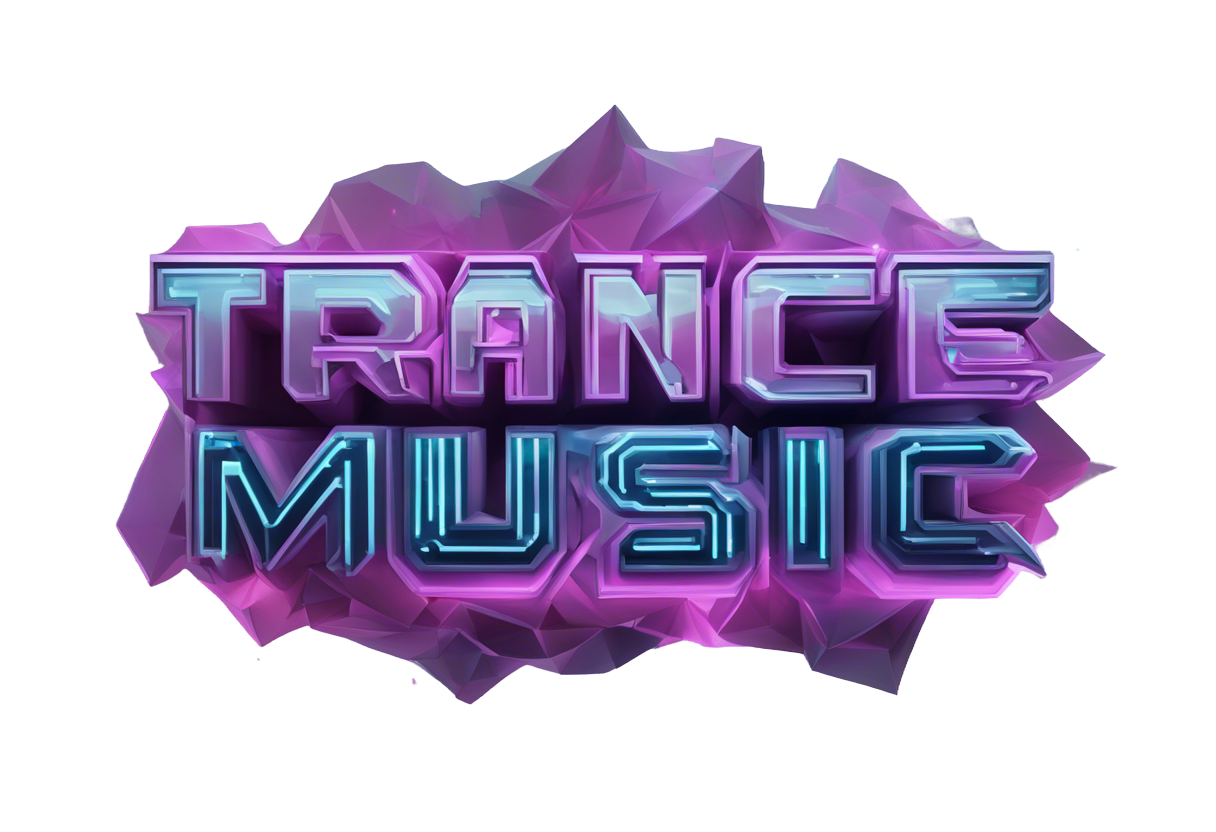Tramcemusic is closely tied to the development of electronic music in the late 20th century, with its roots tracing back to the 1980s. Trance emerged as a distinct genre within electronic music, known for its hypnotic melodies, repetitive sequencing, and emotional, often euphoric sound.
Origins and Influences (1980s)
Trance’s early roots can be found in the electronic music of the 1980s, particularly in genres like techno, house, and new age. Influences from minimalist composers such as Steve Reich, as well as synthesizer pioneers like Jean-Michel Jarre and Kraftwerk, helped shape its sound. In Europe, especially Germany, DJs and producers began experimenting with tracks featuring longer, more hypnotic structures.
Early Development and Commercial Breakthrough (1990s)
In the early 1990s, trance began to emerge as its own genre. This period is often regarded as the birth of trance, with cities like Berlin and Frankfurt serving as hubs for the scene. Artists like Sven Väth, Paul van Dyk, and Cosmic Baby were instrumental in bringing trance to a wider audience. Tracks such as „Age of Love“ by Jam & Spoon (1990) and „O Fortuna“ by Apotheosis (1991) set early benchmarks for the genre.
As the 1990s progressed, trance became increasingly popular, particularly in Europe. Its style was defined by melodic and harmonic sequences, setting it apart from the harder, rhythm-focused structures of techno. DJs and producers began experimenting with long build-ups and breakdowns, creating emotionally intense and euphoric experiences for partygoers.
Rise to Mainstream (Late 1990s – Early 2000s)
By the late 1990s, trance had become a global phenomenon, growing into one of the most successful electronic music genres. DJs like Paul Oakenfold, Tiesto, and Armin van Buuren rose to international fame, helping trance gain mainstream acceptance even beyond the underground scene. The UK and the Netherlands became major centers for trance music during this time.
Iconic tracks such as Tiesto’s „Adagio for Strings“ (2005) and Paul van Dyk’s „For an Angel“ came to define the sound of the era, creating a lasting impact on the collective memory of trance fans. During this time, vocal trance also emerged, featuring emotional and often melancholic vocals layered over euphoric synth lines.
Trance in Transition (2010s to Present)
In the 2010s, as electronic music evolved and genres like EDM and progressive house gained more popularity, trance took a step back from the mainstream. However, it remained a beloved genre, sustained by artists such as Above & Beyond, Ferry Corsten, and Aly & Fila, who continued to evolve the sound and attract new generations of listeners. Events like Armin van Buuren’s „A State of Trance“ festival and „Transmission“ in Prague kept the trance scene alive and thriving.
In recent years, trance has further diversified. Subgenres like psytrance, which originated in Goa, India, have seen a resurgence, while classic uplifting trance has maintained a global fanbase.
Conclusion
Trance music has evolved from a niche genre in the 1980s into a global phenomenon that has captivated millions of fans worldwide. Its blend of emotional depth, catchy melodies, and hypnotic rhythms makes it a unique form of electronic music. The history of trance is deeply intertwined with the cultural shifts and technological advancements of music production, and it continues to be a significant influence on the wider electronic music scene.
